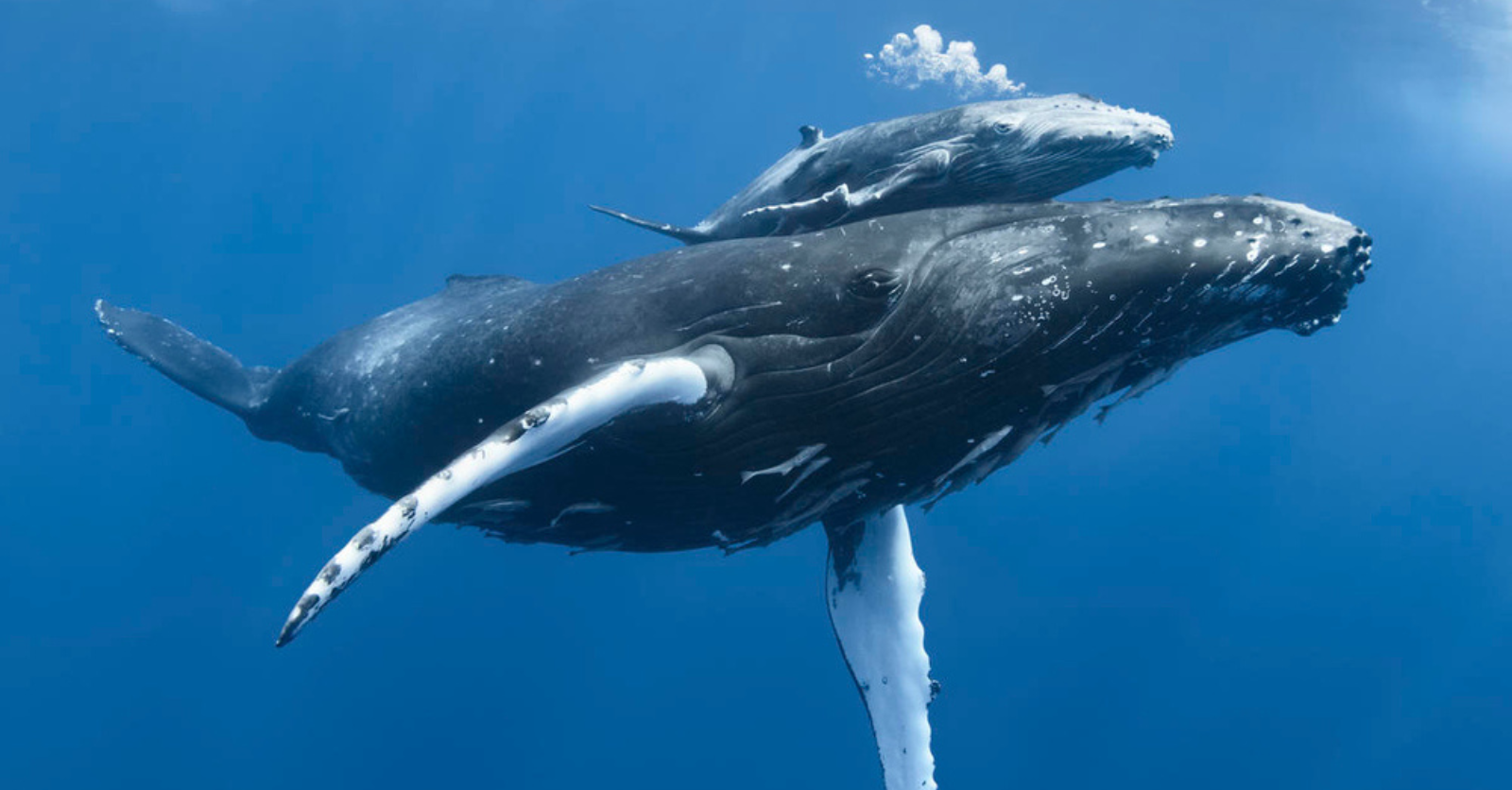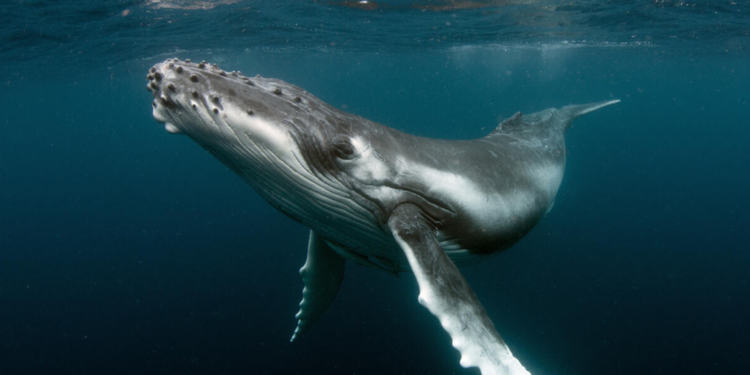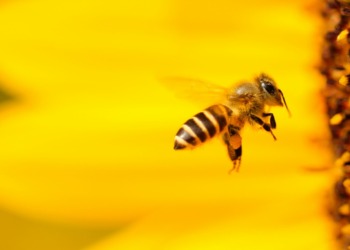Almost two decades in the making, and with delegates working around the clock to reach a final agreement, the text outlines mechanisms to conserve and sustainably use marine biodiversity in areas beyond national jurisdiction, including the high seas.
The agreement will allow for the establishment of high seas marine protected areas (MPAs) and help fill the gaps in the current patchwork of management bodies, resulting in better cooperation and less cumulative impact of activities on the high seas, such as shipping, industrial fishing and other resource exploitation.
“What happens on the high seas will no longer be ‘out of sight, out of mind.’ The High Seas Treaty will allow for the kind of oversight and integration we need if we want the ocean to keep providing the social, economic and environmental benefits humanity currently enjoys,” says Jessica Battle, Senior Global Ocean Governance and Policy Expert, who led WWF’s team at the negotiations. “We can now look at the cumulative impacts on our ocean in a way that reflects the interconnected blue economy and the ecosystems that support it.”

The High Seas Treaty is necessary to implement the Global Biodiversity Framework, which commits countries to protect and conserve at least 30% of the ocean, and ensure 30% of degraded areas are under restoration, by 2030.
“This is a landmark moment for the ocean — one that will usher in a new era of collective responsibility for our planet’s most significant global commons,” says Pepe Clarke, Global Ocean Practice Leader for WWF. “Last year, nations committed to halt and reverse nature loss by 2030. Today’s achievement is a significant step toward delivering on that promise.”
WWF strongly welcomes that activities in the high seas will be subject to environmental impact assessments commensurate with the scale of the impact. All activities that could have an impact on ocean life will need to be covered under these assessments, providing the opportunity to halt damaging activities and reduce cumulative impacts.
This will be particularly important when it comes to any potential future activities such as deep seabed mining and deep sea carbon capture and storage, of which very little knowledge on the impacts currently exists.
Related Articles: Our Oceans Are Sick: The Solution Is More Money and More Protection, Says WWF | Another Species Now Officially Extinct
WWF believes the Scientific and Technical Body set to be established as a result of the agreement will be instrumental in ensuring that proposals and management plans for marine protected areas are robustly assessed, and environmental impact assessment reports are received and made accessible to the global community.
Alongside this, the Implementation and Compliance Committee will operationalise enhanced cooperation in a meaningful way, and a dispute resolution mechanism gives an opportunity for states to take action against breaches.
The obligation on developed states to share knowledge and technologies, and to build capacity across countries will facilitate a more equitable participation in the conservation of the high seas, in particular for developing nations.
“Ocean advocates worldwide can savor this moment years in the making,” says Battle. “But this is not a finish line. For the treaty’s good intentions to deliver results on the water, we’ve got to keep the pressure up. Once technicalities are worked out and the treaty is adopted, it needs to enter into force so that it can be put to work — all countries must quickly formally sign and ratify it into their own national legislation. Words matter, but our ocean needs action.”
The high seas support crucial fisheries, provide habitats for hundreds of thousands of species and help mitigate climate impacts, with 23% of human-related carbon emissions being absorbed by the ocean over the last 10 years. The high seas and the wildlife that migrates through these waters will finally be afforded the attention they deserve, once enough countries adopt and ratify this agreement enabling the instrument to enter into force.
Editor’s Note: The opinions expressed here by the authors are their own, not those of Impakter.com — In the Featured Photo: Humpback whale. Featured Photo Credit: © Tomas Kotouc/WWF.









